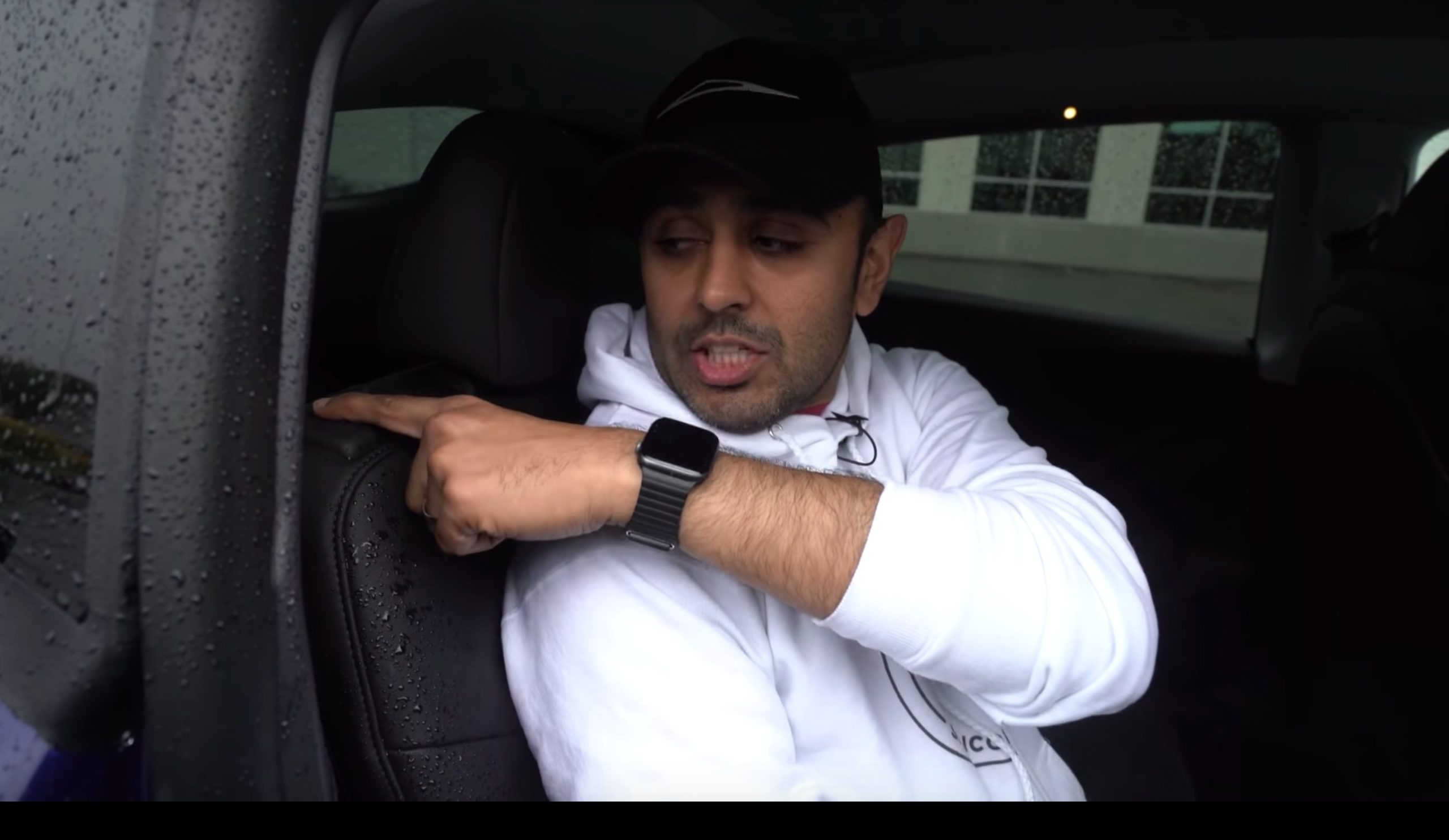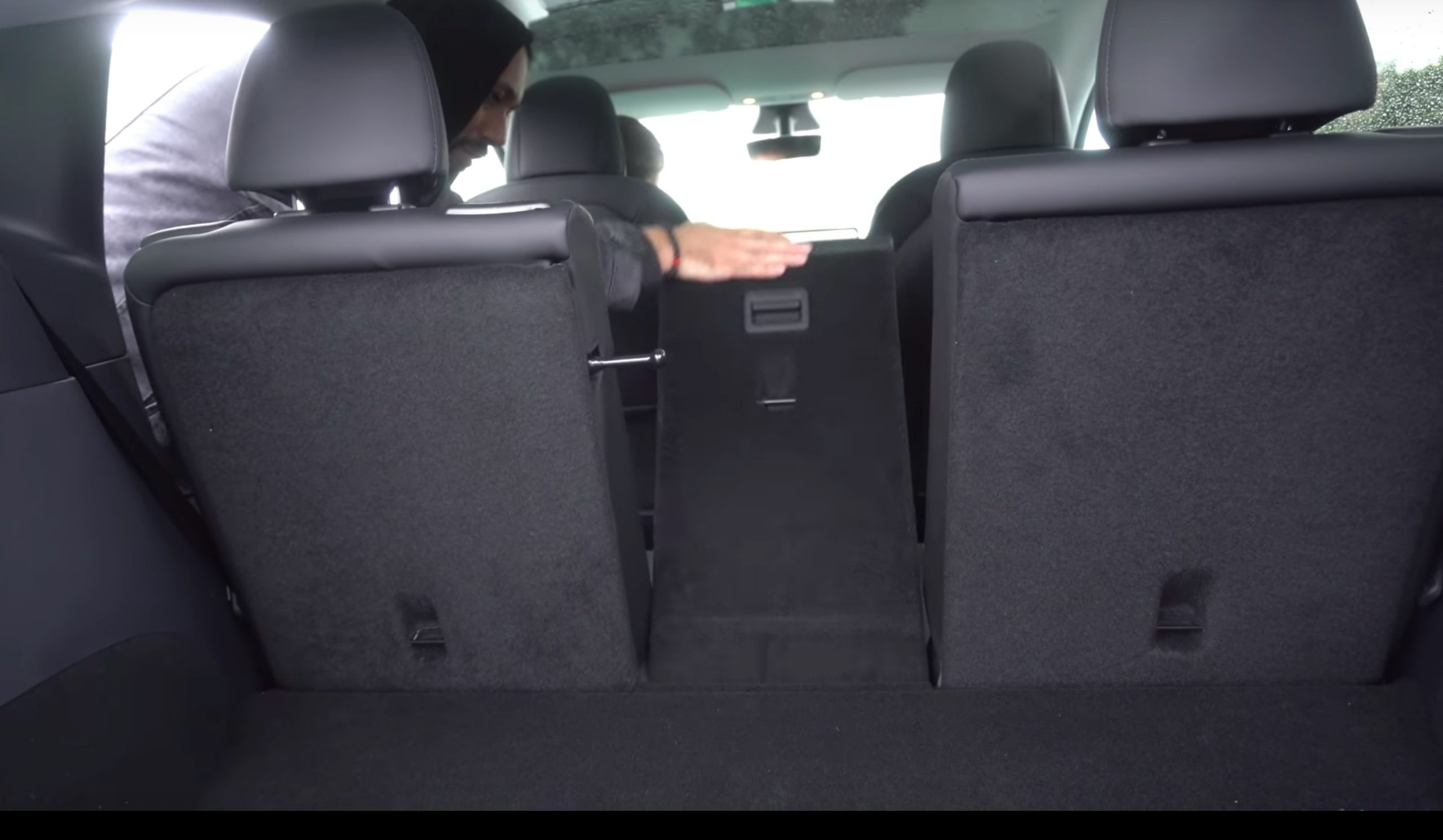Tesla CEO Elon Musk responded to numerous questions from Tesla owners on Twitter this past weekend, addressing customer concerns about the 12V battery installed on the company’s vehicles, as well as potential upcoming Sentry Mode features.
The first question came from @Teslaunity, who asked Musk if the health of the 12V battery could be displayed for owners to view. Concerns about not knowing the status of the 12V battery and possibly being blindsided by its failure is something that affects owners of virtually all vehicles, including Teslas. Musk responded by confirming that the feature would indeed be rolling out in a future over-the-air update.
Yes
— Elon Musk (@elonmusk) March 14, 2020
Interestingly, the 12V battery in a Tesla performs many of the same duties that it does in a gas-powered, internal combustion car. It is responsible for powering all of the vehicle’s lights, non-traction motors like the windows and wipers, safety systems like airbags and brake boosters, Autopilot cameras, sensors and radars, and more.
A Tesla’s high-voltage battery pack, on the other hand, powers the vehicle’s main motors, air conditioning compressor, cabin heater, and the DC-to-DC converter for charging the 12V battery.
In addition to the upcoming 12V battery monitoring system, Tesla Owners Silicon Valley asked the Tesla CEO if Sentry Mode videos could be reviewed within the vehicle from the USB drive. Musk replied that he would discuss this option with his team.
Will discuss with team
— Elon Musk (@elonmusk) March 14, 2020
The ability to view Sentry Mode videos through the vehicle’s dash screen would be beneficial to owners who get involved in an accident. Tesla Sentry Mode clips are currently viewable by plugging the USB thumb drive or external hard drive into a computer. Another option is to use a third-party USB thumb drive with an Apple Lightning adapter to view the clips directly on an iPhone. If Tesla does roll out a feature that allows Sentry Mode clips to be accessed from within the vehicle, showing pertinent recordings to authorities in the event of an accident or theft would be far more convenient.
Sentry Mode’s versatility has allowed it to become one of the most appreciated features from Tesla owners. It has helped evade traffic tickets, solve accidents, and capture numerous cases of vandalism against the electric cars.
Tesla continues to look at things that owners wish to have for convenience or entertainment and adds them to its cars with software updates. Elon Musk’s vision goes far beyond these additions, but listening to consumers and adding features that they request makes the vehicles more useful and ever-evolving.

<!–
–>




